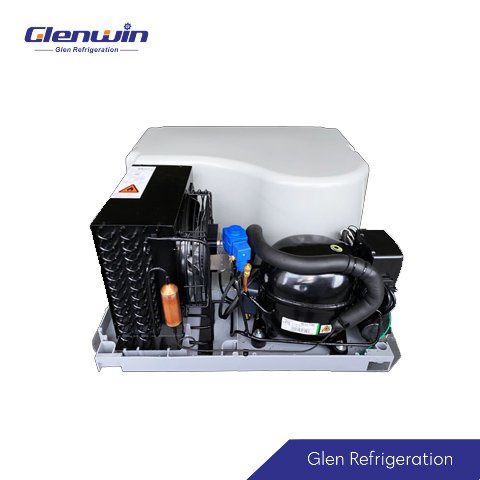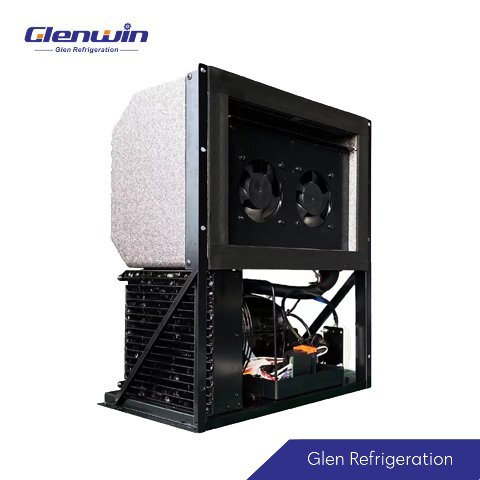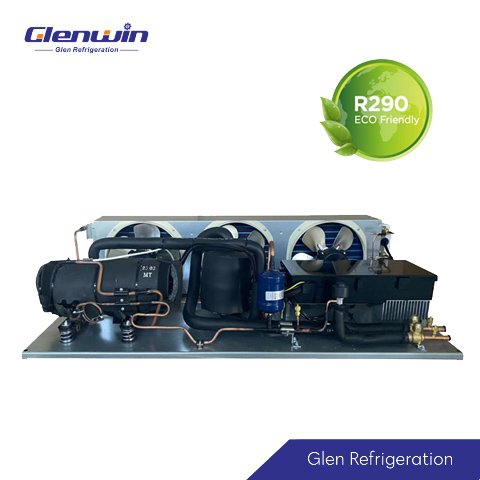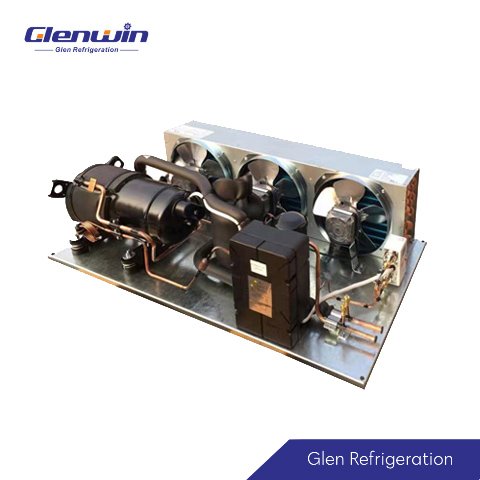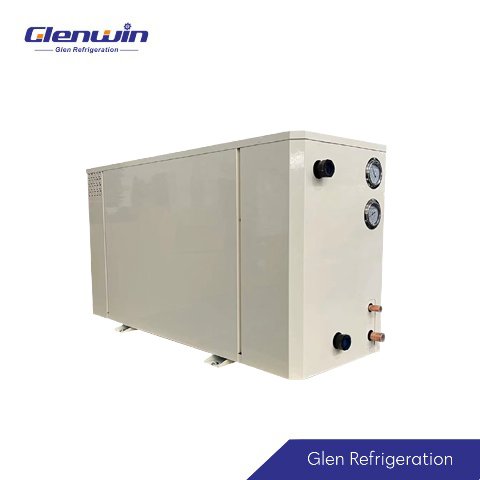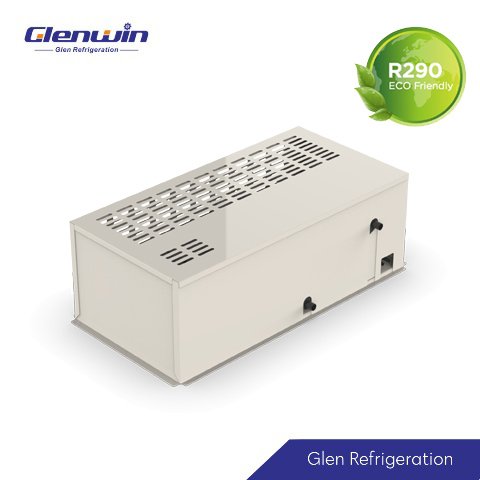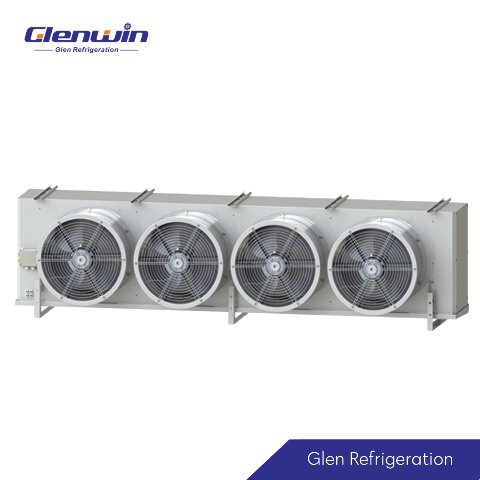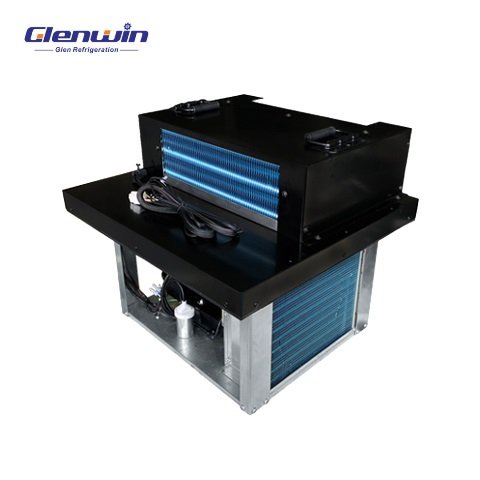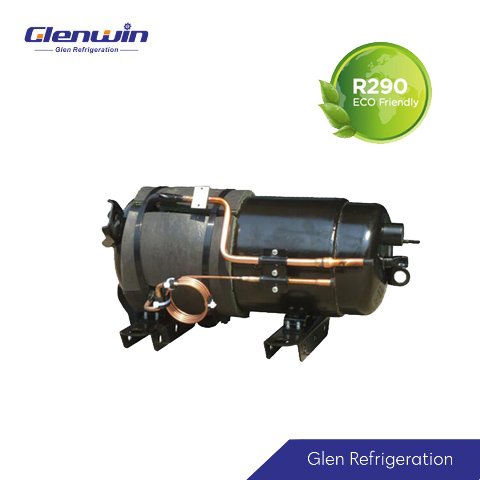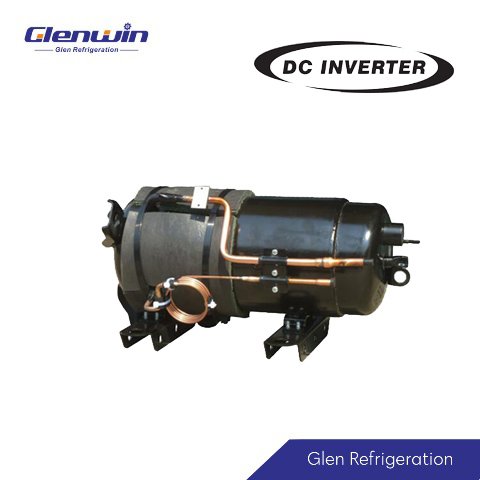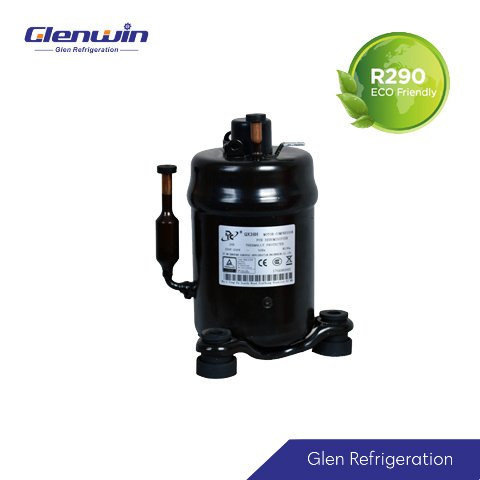Refrigeration and freezing is one of the most common food storage methods in our daily life. We all know that food is a special commodity. Whether it is fresh fruit, vegetable or processed food, it has the features of freshness, shelf life and perish-ability. It is easily affected by external environmental conditions. So the storage temperature for food is essential to keep food fresh and quality.
In low temperature condition, the food does not deteriorate easily. The enzymatic activity and chemical reactions of food are delayed at cold storage temperature, and the growth and reproduction rate of residual microorganisms in food is greatly reduced or completely inhibited. Therefore, refrigeration and freezing food preservation can prevent or slow down the deterioration of food, and can maintain the quality of food within a certain period of time. So refrigeration and freezing plays more and more important role in food processing and preservation, frozen food transport, frozen food retail and so on.
| Storage temperature | Bacteria |
| 5℃-20℃ | Optional temperature for growth |
| 0℃ | The growth of most bacteria slows down |
| -18℃~-20℃ | Significantly inhibited, the activities of enzymes also weaken |
| -30℃ | The growth of most bacteria stops |
Refrigeration and freezing are two main food preservation methods nowadays. Compared with other food preservation methods, such as drying and canning, the freezing and chilling food preservation has the biggest advantage, that is the flavor and nutritional value of frozen food are closer to fresh food.
What Is Refrigeration In Food Preservation?
Refrigeration food preservation, also called chilling food preservation, it is a cold storage methods food preservation without freezing. The chilling temperature of food is between 0°C and 10°C. Such as fruits, vegetables, they are chilled for keeping fresh and extending the shelf life.
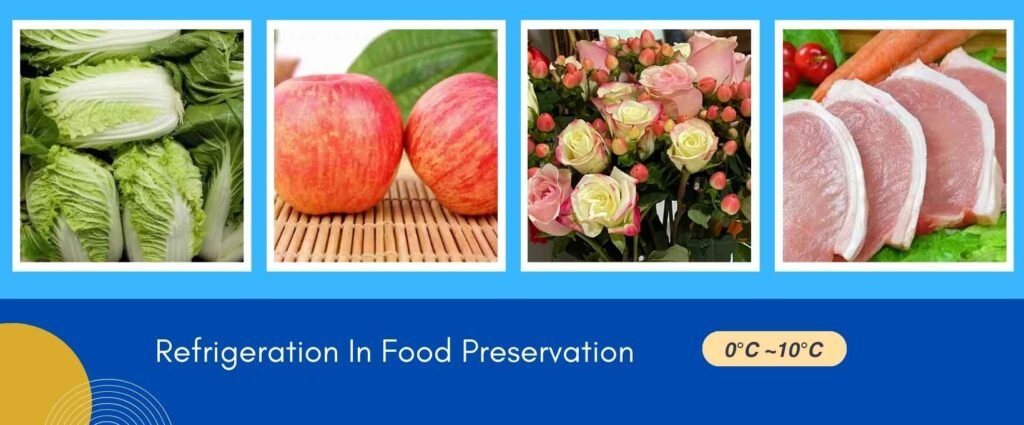
Refrigeration helps in food preservation by inhibiting bacteria growth and reducing the enzymatic. In cold storage temperature, it is difficult for most microorganisms to grow and reproduce below 10°C. And the activity of the enzymatic in food is greatly reduced at refrigeration temperature. The suitable activity temperature of most enzymes is 30℃-40℃. If the temperature is maintained below 10℃, the activity of enzymes will be greatly inhibited. Therefore, refrigeration can used for short-term food preservation and delay the deterioration of the food with a certain period of time.
What Is The role Of Refrigeration In Food Preservation Method?
Refrigeration food preservation plays great import role in food industry. There are many refrigeration food preservation examples and chilling food preservation examples in our daily life.
Household refrigerators: The temperature of the household refrigerator is generally between 2-8 degrees Celsius, used to store fruits, vegetables or meat for short-term preservation.

Meat display cases: The fresh meat display cases is a refrigerator used to refrigerate and display fresh meat. The best storage temperature of meat is between 0°C to 4°C . It slows down the bacterial activity of fresh meat, thereby extending the shelf life of fresh meat.
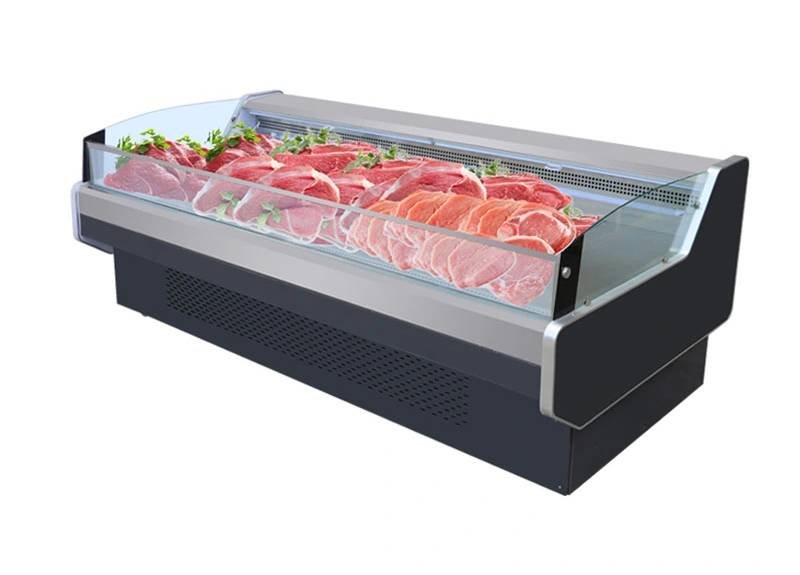
Flower display cooler: The flower display cooler is used to reduce the water loss of flowers and extend the freshness period of flowers. The most suitable storage temperature of flowers is 5℃~8℃. If it is a tropical flower, the suitable temperature inside is 10℃~12℃. The relative humidity inside should be maintained at about 60~85%.
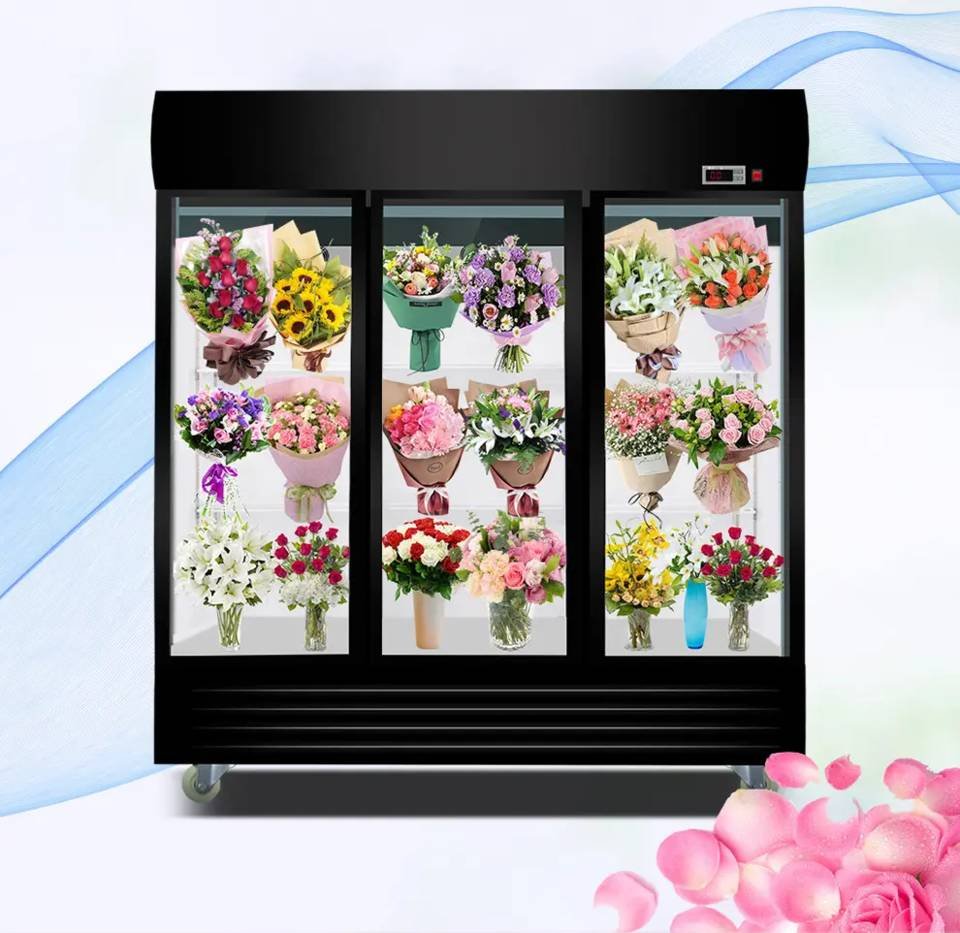
Vegetable cooler: It is a multideck chiller to store fruits and vegetables for a short-term preservation. The store temperature for vegetables are placed is between 0°C and 4°C.
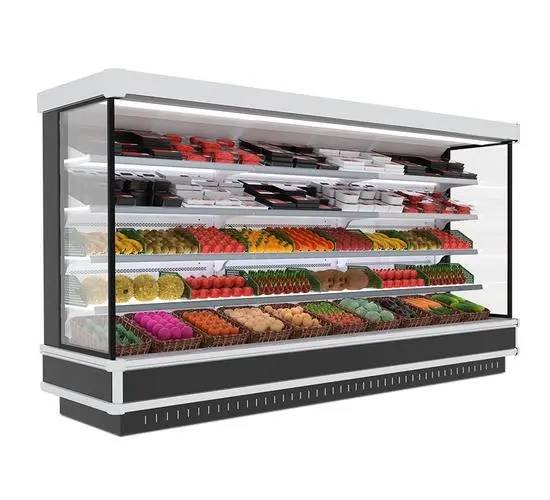
Cool medicine cabinet: The main function of the medicine cool cabinet is to control the temperature and humidity to meet the requirements for medicine storage, while also ensuring that the medicine is protected from contamination by bacteria, dust, etc. The temperature of the cool medicine cabinet is 8-20℃, and the temperature of the refrigerator is 2-8℃.
Except these, there are many other refrigeration food examples, includes fruit cold room, vegetable cold room, milk cold room, egg cold room and so on. Refrigeration is not only related to food industry, but also closely related to our lives. The cooling method of food preservation plays an important role nowadays. Food preservation by cooling not only keeps food fresh and extends the shelf life, but also reduce food waste. It makes our life more healthy and convenient. This is the important of refrigeration.
What Is Freezing In Food Preservation?
Food freezing is a preservation method that uses slow freezing or quick freezing to freeze food first, and then stores it at a low temperature that can maintain the frozen state of the food. The temperature of freezer room is -18 to -22°C. They are used to used to storage and display frozen produce, frozen meat & seafood, frozen potatoes, frozen pizzas, frozen meals, frozen breakfast, frozen desserts, frozen bread and so on.
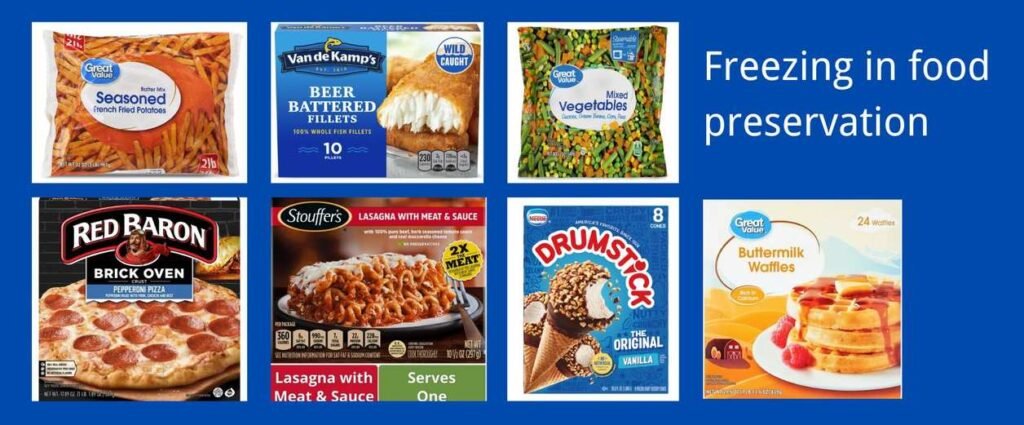
By freezing food preservation method, the growth and metabolism of microorganisms is inhibited, thereby extending the shelf life of food.
What Are The importance of Freezing In Food Preservation?
- Inhibit the growth of microorganisms
Microorganisms are one of the main causes of food deterioration. They require suitable temperature, moisture and nutrients to grow and reproduce. When the temperature is below -18°C, most of the microorganisms will stop grow and reproduce, so it can extend the shelf life of food.
- Prevent oxidation reaction
Oxidation reaction is another important reason for food deterioration. It can lead to changes in the color, taste, aroma and other aspects of food. At low temperatures, the rate of oxidation reactions will slow down, thereby delaying the deterioration process of food.
- Maintain the nutritional content of food
The nutrients in food are often lost due to heating, exposure and other food preservation methods, but freezing food preservation can effectively maintain the nutrients in food. At low temperatures, vitamins, minerals and other nutrients in food are not easily destroyed, thus maintaining the nutritional value of the food.
- Extend the shelf life of food
Because frozen food preservation can inhibit the growth and metabolism of microorganisms, prevent oxidation reactions, and maintain the nutritional content of food, it can extend the shelf life of food. With proper freezing conditions, many foods can be stored for months or even years.
To sum up, by the freezing food preservation method, we can not only prolong the shelf life of the food , but also maintains food quality and nutrition. It plays an important role in food processing, wholesale and retail, ensuring the freshness, quality and safety of food and meeting consumer needs.
What Is The role Of Freezing In Food Preservation Method?
By freezing food preservation, the shelf of food can be significantly extended, usually from months to years. Therefore, freezing can better maintain the freshness and quality of food. Here are freezing food preservation examples:
Ice cream freezer: The ice cream can be divided into soft ice cream and hard ice cream. The soft ice cream is made on-site by rapidly freezing the raw materials in an ice cream machine. It is eaten immediately without storage. The hard ice cream will be put into a ice cream freezer and freeze it to -18℃–25℃.

Glass door upright freezer: The glass door upright freezers are used to storage and display frozen produce, frozen meat & seafood, frozen potatoes, frozen pizzas, frozen meals, frozen breakfast, frozen desserts, frozen bread and so on. The glass door upright freezer can not only effectively prevent the loss of cold energy, but also display the frozen food in the cabinet more clearly.
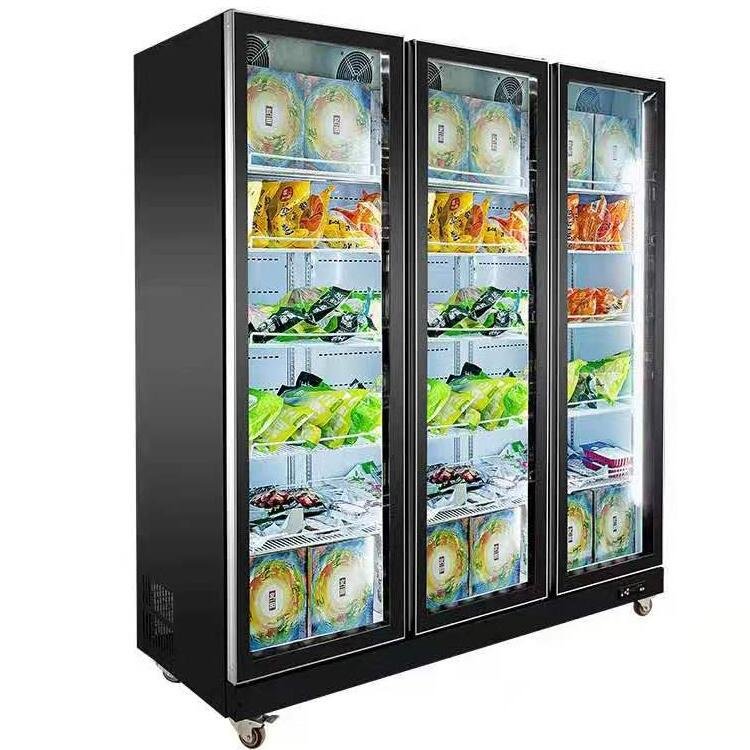
Meat freezer room: Meat freezer room, also called frozen meat cold storage, mostly used in poultry, meat processing and wholesale industries. The cold storage for meat is generally -18°C to -23°C, which is a type of low temperature freezer room. If you want to store it for a longer time, you can design the cold storage temperature to be lower.
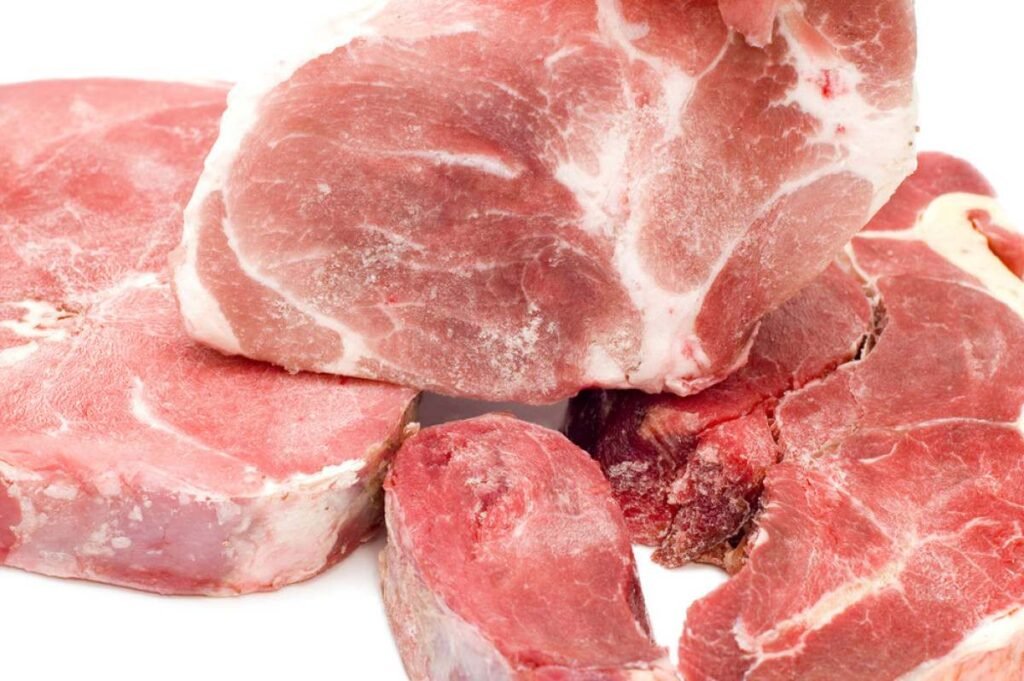
Seafood cold storage: The fish cold room is a kind of cold storage for frozen fish or kinds of seafood. Generally, the temperature is set at -18°C to -23°C.
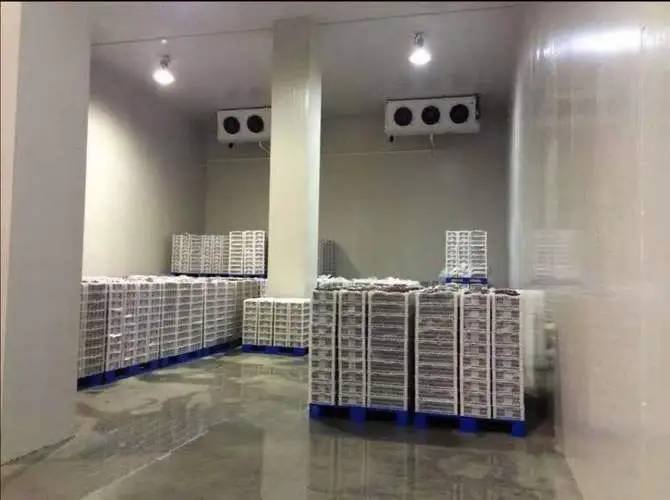
What Are The Refrigeration And Freezing Difference?
- Refrigeration and freezing temperature difference
Refrigeration and freezing temperatures are different. Refrigeration refers to storing food at a temperature usually between 0°C and 10°C. Freezing, on the other hand, stores food at temperatures below freezing, usually between -18°C and -22°C. Therefore, the temperature of refrigeration is higher than that of freezing.
- Refrigeration and freezing food storage time difference
Due to refrigeration and freezing temperature difference, the food storage time is different. The chilling temperature of food is usually between 0°C and 10°C, so the food storage time is relatively short, usually days to weeks. The freezing temperature is usually between -18°C and -22°C, so it can significantly extend the storage time of food, usually months to years. Therefore, freezing can better maintain the freshness and quality of food.
- Refrigeration and freezing food safety
Refrigeration and freezing also have a certain impact on food safety. The higher temperature of refrigeration may not effectively inhibit the growth of bacteria and microorganisms in food, so refrigerated food needs to be eaten as soon as possible within the shelf life. While the lower freezing temperature can effectively inhibit the growth of bacteria and microorganisms, thereby extending the storage time of food and reducing the risk of bacterial contamination in food.
Food Cold Chain
With the improvement of living standards, more and more people are beginning to pay attention to food safety and quality and nutrition. But some fresh food raw materials and food processing factories are far away consumer’s residential areas, from food purchase, food processing, storage, transportation, distribution, retail to the consumers, they all need to stored and transported under the low-temperature environment. This is the food cold chain system to ensure food quality and safety.







